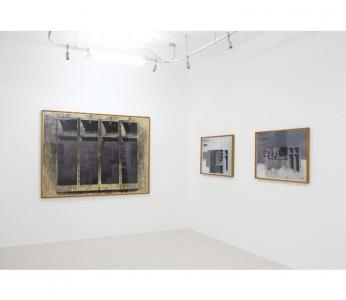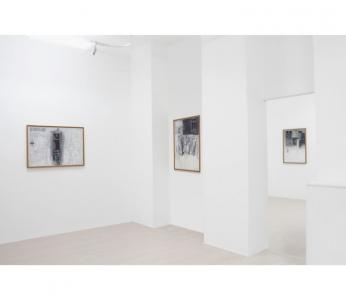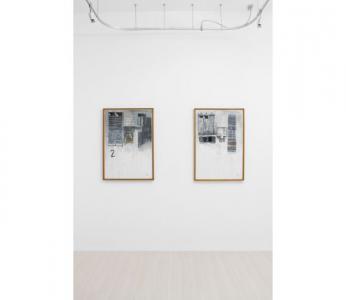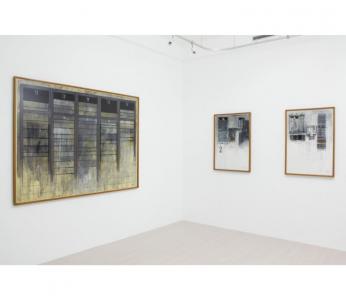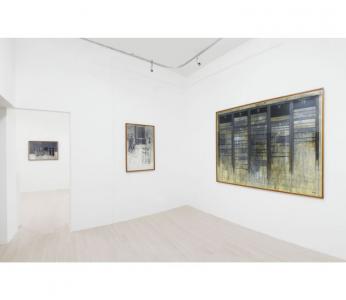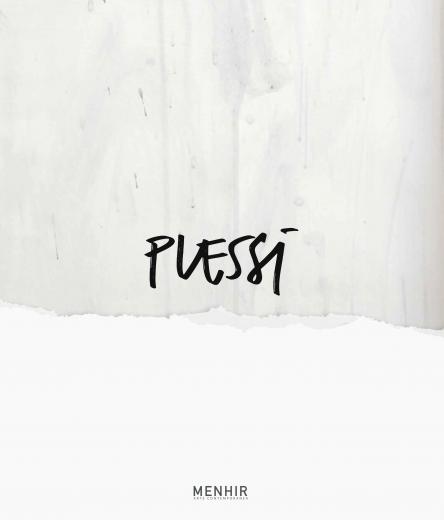Menhir Arte Contemporanea Gallery is pleased to inaugurate the second part of the year with a solo show dedicated to Italian artist Fabrizio Plessi (Reggio Emilia, 1940).
The exhibition pays tribute to the artist displaying twelve artworks on paper dated 1990: projects for a series of installations realized in those years, the Armadi. A cycle that is quite emblematic of Fabrizio Plessi’s s work and poetics, highlighting and conveying some of the key topics of his artistic vision.
The Armadi designed by Plessi are composed of a structure of metal sheets with four TV screens on top and four niches underneath, representing the two parts that remain basically identical in each work: the video simulation and the materials on which the simulation itself takes place.
Through its Armadi projects, Plessi discloses the raw materials of his technique: glass, bricks and stone; however, he brings them on the same level as the video image, thus creating a totally new artistic dimension. In 1990, Plessi himself wrote: “Which is sharper and more cutting, the electronic image in the cupboard or the glass in front, it too sharp and cutting? And besides in whose interest will it be to catalogue the cold square shapes on the shelves underneath? How hard it still is to separate physical tactility from the evocative materiality of its potential!”
Thus, they are similar to some modern Wunderkammern, colossal storage units, and huge scenographic artworks at the same time, in which the rough consistency of the materials contrasts the abstract lightness of the video images.
Despite the central role played by the video throughout its oeuvre from the very beginning, it would sound simplistic to classify Plessi as a video artist. He understands the video not as a technique, but rather as a raw material. For Fabrizio Plessi the video takes on a representative function that goes well beyond the presentative, more traditional one: it does not stop at the simple reproduction of images, but it creates some kind of nostalgia for the real by formulating a completely new language.
The experimentation carried out by Plessi in this field turns out to be even more interesting if analyzed in relation to the historical-artistic context in which it began.
At the beginning of the 1970s, movements such as conceptual art and body art resulted in an increase in the use of the video as an expressive medium and as a support for a very precise artistic vision; however, there were not many artists who, especially in Italy, approached it. Moreover, despite a return to painting in the 1980s, it was in those years – precisely in 1985 – that Fabrizio Plessi consecrated himself as an artist with the first major exhibition of video sculptures at the Rotonda della Besana in Milan.
The artworks on view on the occasion of the exhibition at Menhir Gallery in Via Giuriati, 9 Milan from the 13th of September until the 13th of November, 2019 date back to a couple of years later the abovementioned show and they are of particular relevance to understanding the vision and the work of Fabrizio Plessi, internationally renowned artist.
